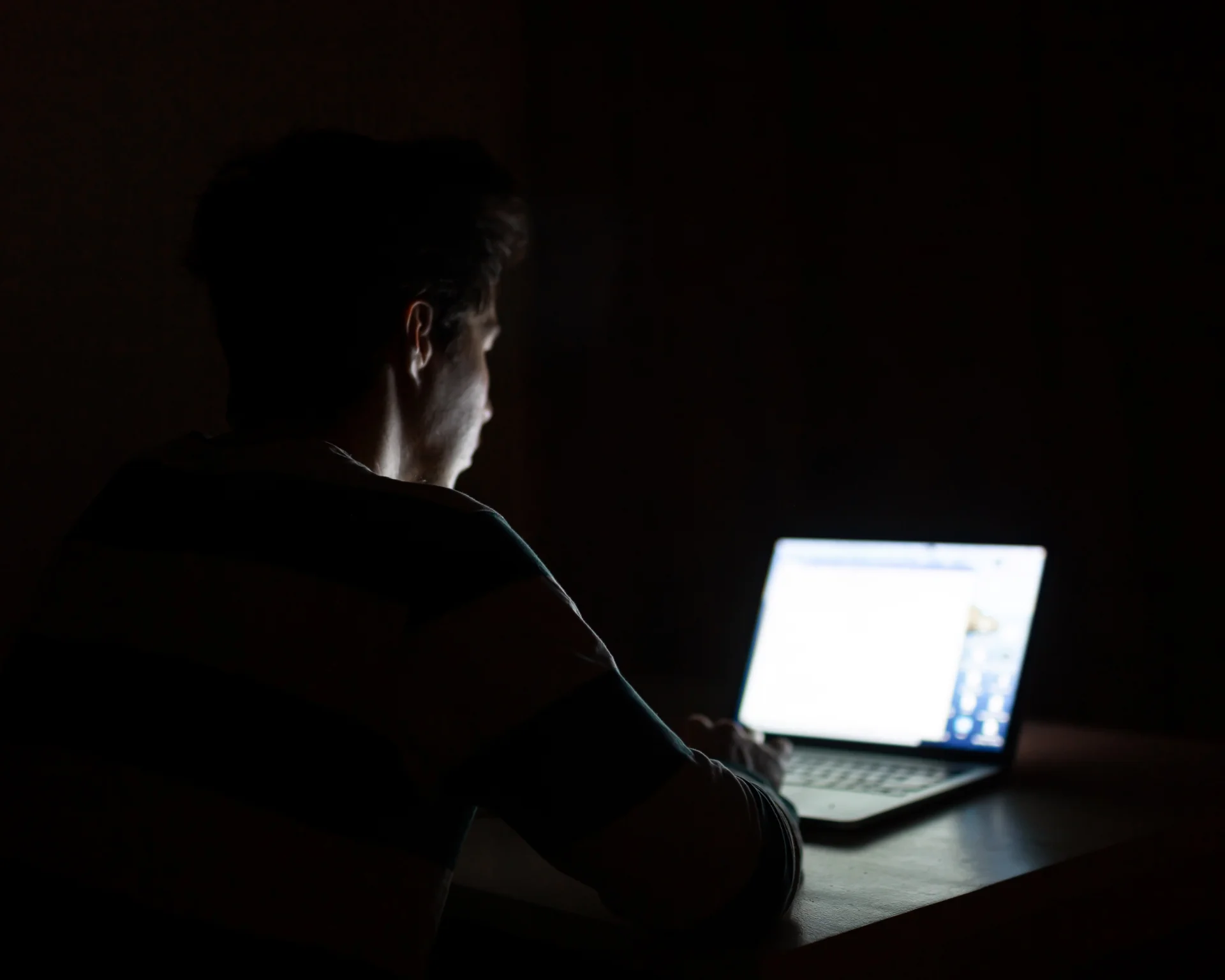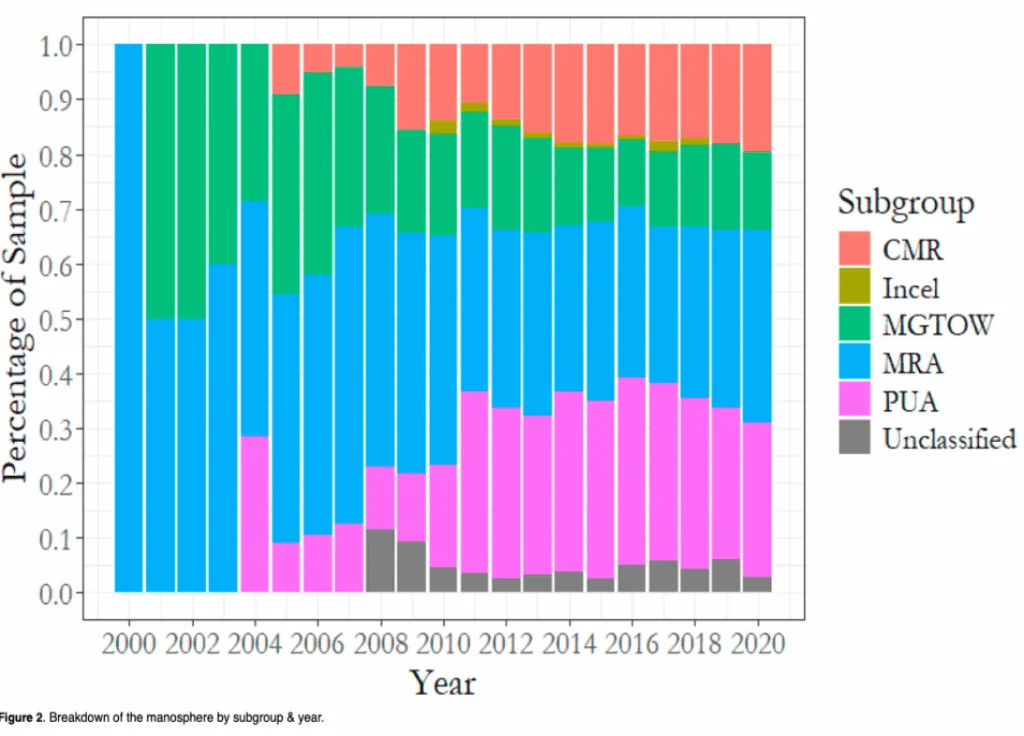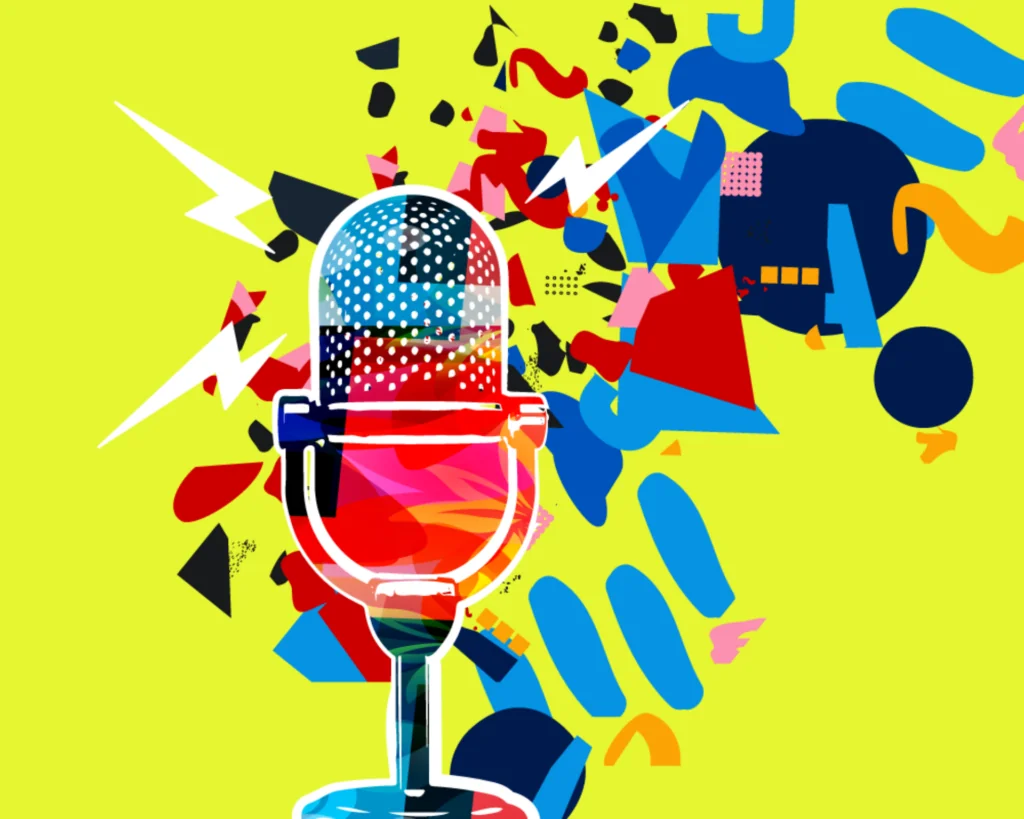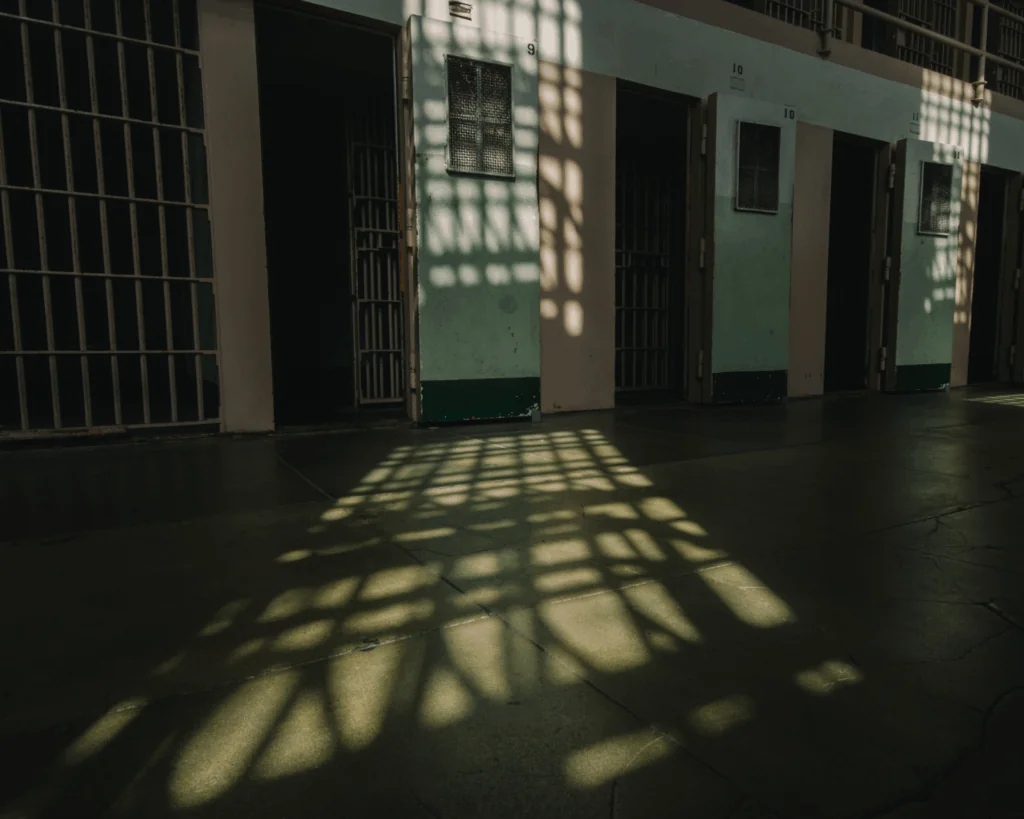The Manosphere: A Political Force Hidden in Plain Sight
While the manosphere may offer some men a sense of community, these online spaces often become echo chambers that amplify harmful ideologies.

Read Time: 4 minutes
Published:
Following Trump’s 2024 re-election, you may have noticed a surge in online comments using terms like “your body, my choice” and “get back in the kitchen.” Those comments aren’t just mindless insults; they’re a glimpse into the broader influence of the manosphere.
The manosphere is a tangled web of social media platforms, podcasts, and online forums where hypermasculinity, traditional gender roles, and anti-feminism are promoted. The manosphere’s toxic ideals, linked to several instances of violence and cyberbullying, contribute to a broader culture of harm. Though rooted in real pain, it’s important to distinguish the manosphere from supportive male spaces; men who seek genuine support often leave the manosphere after encountering its destructive, misogynistic ideology.
Initially, this online network served as a space for men to discuss self-improvement, seek dating advice, and express frustration over what they saw as unfair treatment by society. The manosphere has since evolved into a digital underground where participation can result in radicalization through toxic narratives. At its worst, the manosphere may function as a “gateway” hate group, aligning with extremist groups, such as white supremacists, anti-immigrant factions, and Neo-Nazis.
While the manosphere is often seen merely as a social phenomenon, its political implications are significant.
Mariel J. Barnes and Sabrina Karim analyzed and categorized online manosphere spaces into subgroups to explore their political impact. The researchers created a unique dataset compiled from various blogs, forums, and websites, which they then analyzed using a classification system based on commonly expressed interests and values.
The subgroups created were:
- Men’s rights activists (MRAs) who view themselves as victims of systemic bias and pursue political action on issues like fathers’ rights and false domestic violence claims.
- Men going their own way (MGTOW) who avoid social relationships, view women as manipulative, and choose isolation to protect themselves, even from other men.
- Incels who blame women for their involuntary celibacy, follow strict looks-based hierarchies, and often display antisocial or violent tendencies.
- Christian men’s rights activists (CMR) who promote traditional, Christian gender roles, emphasizing male authority in marriage and strong community activism.
- Pick-up artists (PUA) who use sex to assert dominance over women, promoting individualism, competition, and low group unity.

The chart illustrates how subgroups in the manosphere have evolved over time, with men’s rights activists consistently being the most prominent contributors. After 2014, fewer manosphere websites were created, likely due to the success of mainstream social media and the movement’s integration into extremist spaces (e.g., alt-right, anarchist). While men going their own way (MGTOW) decreased in growth, the Christian men’s rights (CMR) and pick-up artist (PUA) communities have grown. Incels maintain the smallest online presence and seem to gravitate toward anonymous forums versus formal websites.
The researchers argue that the manosphere should be recognized as a political phenomenon that engages in contentious politics, including political violence. Ignoring its political nature limits our understanding of modern extremist movements.
The researchers discovered that subgroup classification can help predict the likelihood and type of violence, as well as patterns in sociopolitical behavior. Classification depended on group solidarity (communitarianism) and romantic/sexual interaction. For example, low interaction and low communitarianism (e.g., Incels, MGTOW) are linked to higher risks of lone-actor violence due to isolation. High interaction but low communitarianism (e.g., PUAs) may lead to private violence, like sexual assault, driven by competition and sexual goals. Groups with low interaction but high communitarianism (e.g., MRAs) often engage in coordinated online harassment. In contrast, high interaction and high communitarianism (e.g., CMR) favor collective political activism over violence, citing traditional values to drive efforts for social change.
The researchers suggest that the manosphere may be a backlash to growing gender equality, reflecting anxiety over changes to traditional white male dominance. Although the manosphere can offer men a sense of community, it often becomes an echo chamber that amplifies harmful ideologies, potentially having a negative political impact.
Recognizing the manosphere’s political motivations and implications is critical. Without this acknowledgment, violence against women may be mischaracterized as isolated or apolitical, rather than understood as part of a coordinated ideological movement. Only by confronting the manosphere as a political force with real-world consequences can we begin to address the threats it poses and respond to its harms with the urgency they demand.



